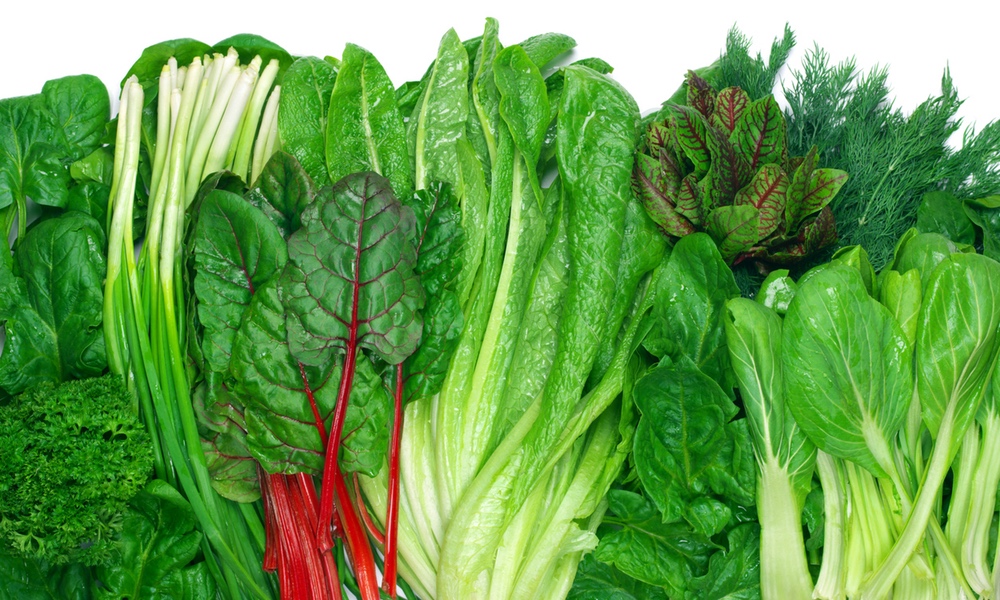Interest among patients and providers in what are called “food as medicine” programs is growing. The programs offer incentives, such as produce prescriptions, as a way to improve nutrition and health outcomes among people in marginalized low-income groups who lack affordable access to healthy foods.
Program doctors can prescribe fruits and vegetables, in addition to medications, to people with conditions like diabetes and high blood pressure that are related to diet. Patients in the programs receive vouchers or electronic cards to purchase produce at grocery stores or farmers' markets.
Led by researchers at Tufts University, a recent study found that people participating reported eating more produce and feeling better after receiving food as medicine. Their cardiometabolic health, measured by body mass index (BMI), blood pressure and blood sugar levels, improved too. They also faced less food insecurity.
The findings provide evidence of the benefits of prescribing food as medicine and the need for clinicians and policymakers to implement more of these programs.By the end of the programs, adults were 63 percent more likely and children were more than twice as likely to report better health compared to when they started. Reports of food insecurity also went down by about a third.
“These results indicate produce prescriptions may lay an important foundation for improved health and well-being,” Kurt Hager, corresponding author on the study who completed these analyses while a doctoral student at Tufts University, said in a statement. Fang Fang Zhang, the study's senior author and a nutritional epidemiologist at Tufts, added, “We need larger-scale implementation of these programs, in particular for low-income adults with hypertension, diabetes or obesity.”
Data on more than 1,800 children and 2,000 adults who were enrolled in nine produce prescription programs at 22 sites in low-income communities in 12 U.S. states were analyzed for the current study. The programs, run by the nonprofit organization Wholesome Wave, lasted between four and 10 months. Each month people in the program were given vouchers worth about $63 to purchase produce. They also attended nutrition classes.
Participants filled out questionnaires about their produce consumption, food insecurity and health status at the beginning and end of the programs. Their blood pressure, weight, height and blood sugar were measured at enrollment and were compared to measurements taken at the programs' completion. The study did not have a control group.
Everyone enrolled in the programs either had or were at risk for heart disease or type 2 diabetes. They also had food insecurity or received care at a clinic serving a mostly low-income neighborhood. More than 50 percent of households had experienced food insecurity at the start of their program.
Adults reported they increased their consumption of fruits and vegetables by almost one cup a day. Children in the program also said they ate more fruits and veggies as a result of the produce prescriptions.
Adults who had high blood pressure when they enrolled in the study saw their systolic blood pressure during a heartbeat decrease by more than eight millimeters of mercury (mm Hg) and diastolic blood pressure between heartbeats decrease by almost five mm Hg.
In adults with diabetes, blood sugar levels, measured by glycated hemoglobin or HbA1C, dropped by between .29 to .58 points. Adults with obesity showed a significant decrease in BMI of .52 kilograms per square meter, though BMI did not change significantly in children.
By the time they completed their programs, adults were 63 percent more likely and children were more than twice as likely to report better health compared to when they started. After they completed the programs, participants were one-third less likely to report food insecurity.
The researchers said future research could help fill in some gaps in the information provided by their findings. Although the improvements in health outcomes were important, they could be attributed to other factors because the study lacked a control group. Some of the programs took place during the COVID-19 epidemic, so participants were less likely to redeem their produce vouchers.
The study and a related editorial are published in the journal Circulation: Cardiovascular Quality and Outcomes.





